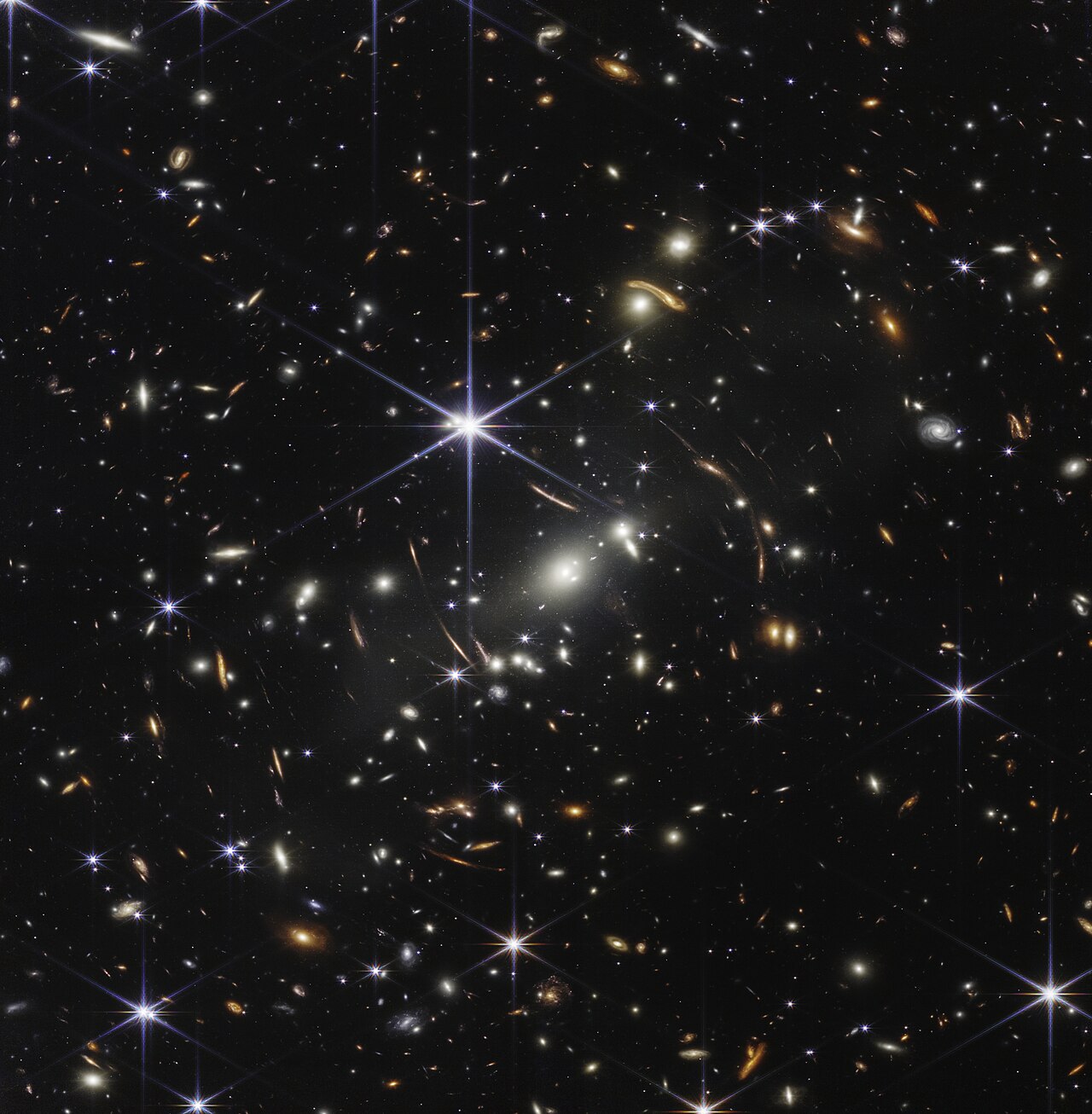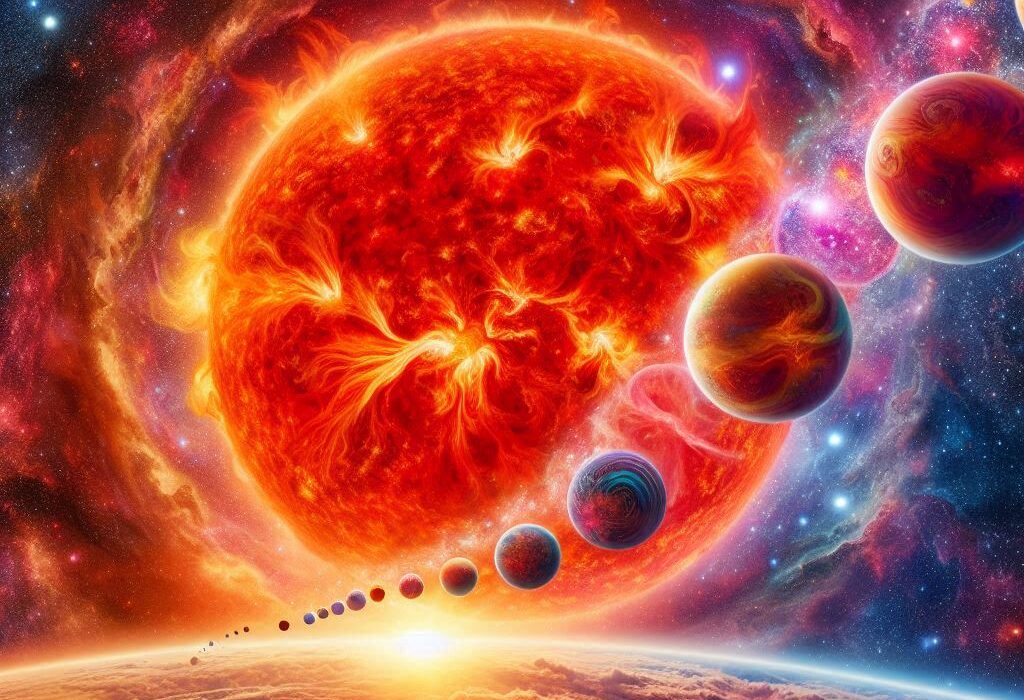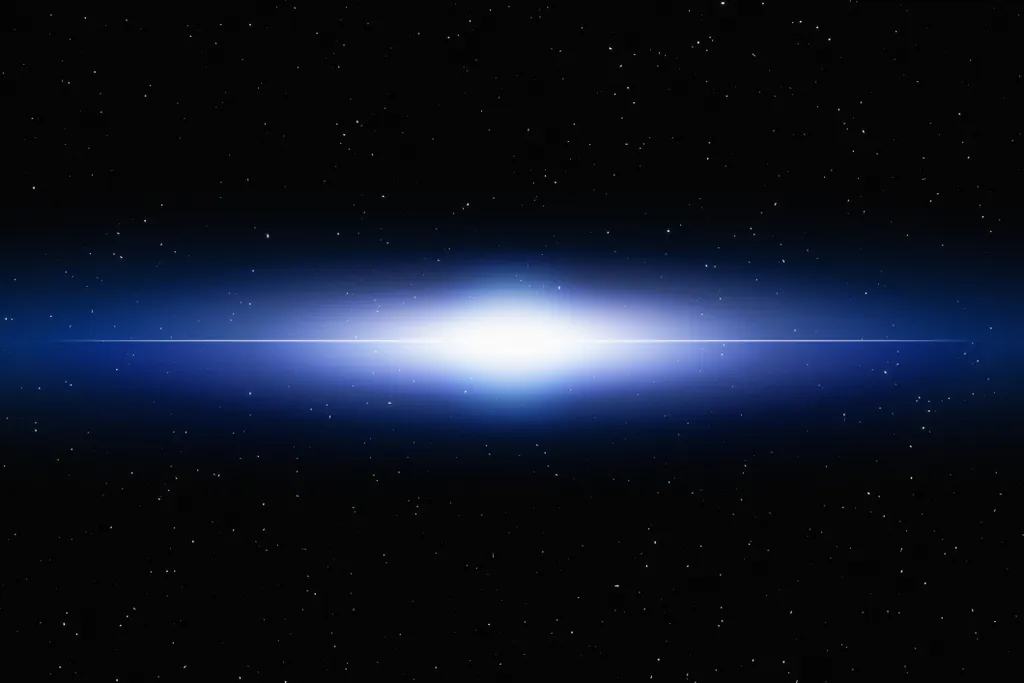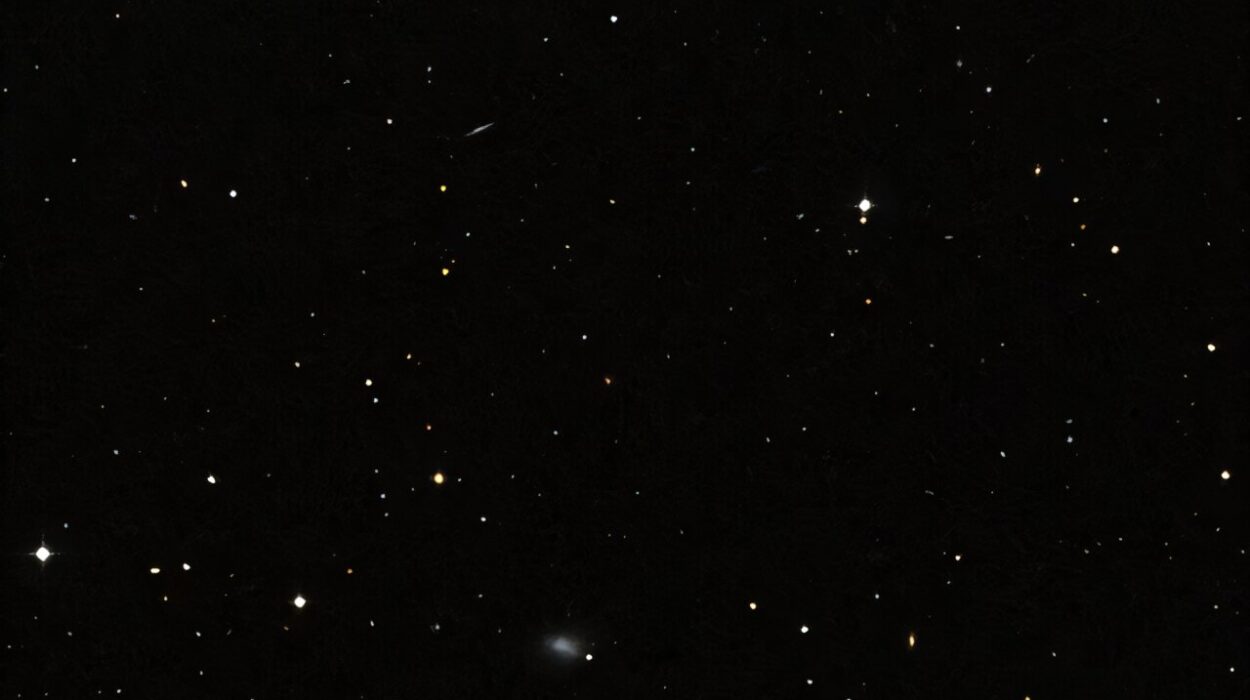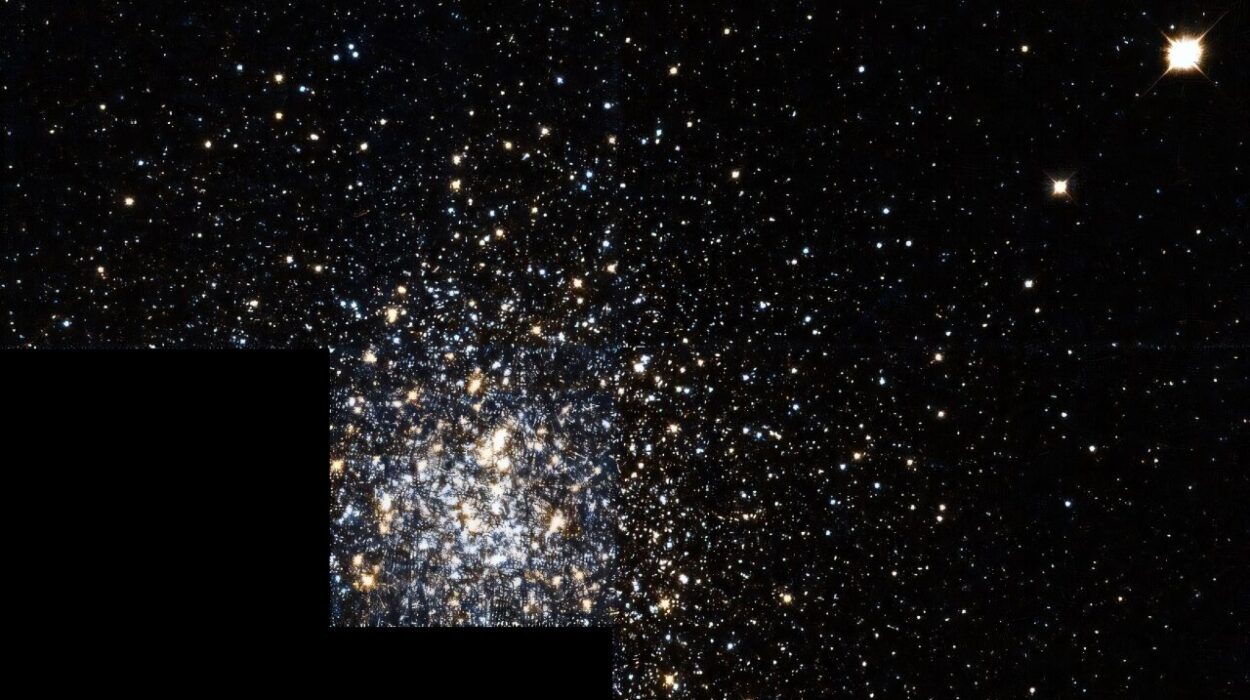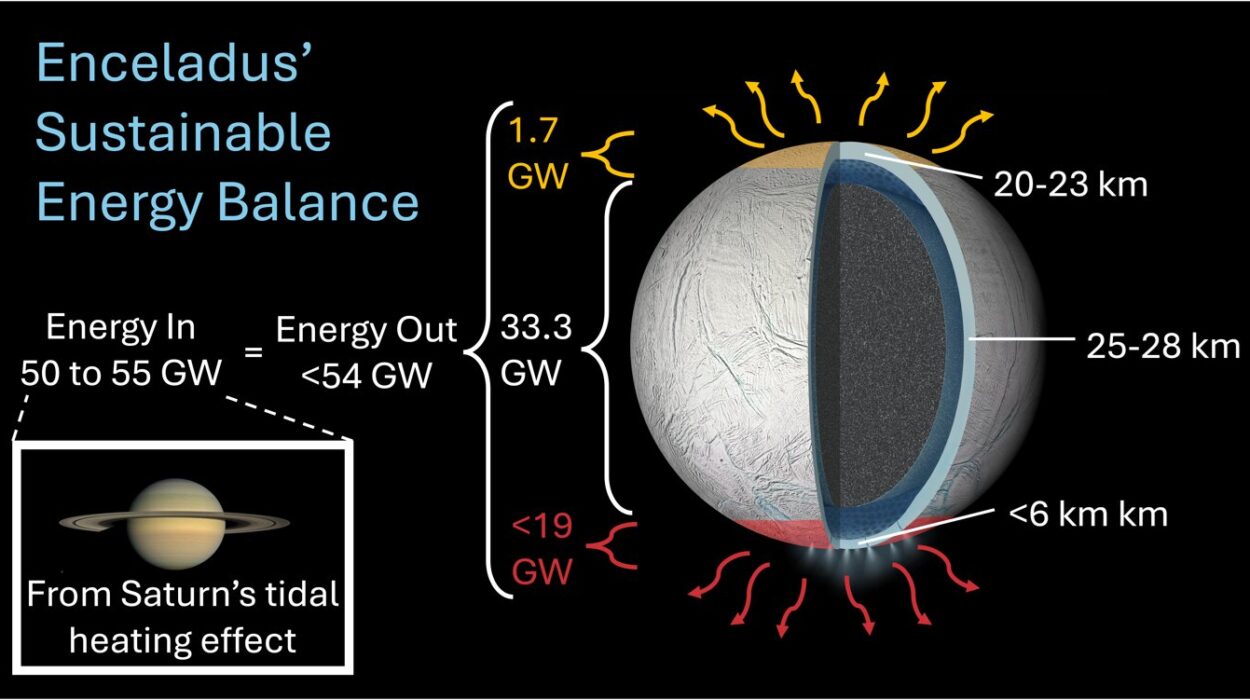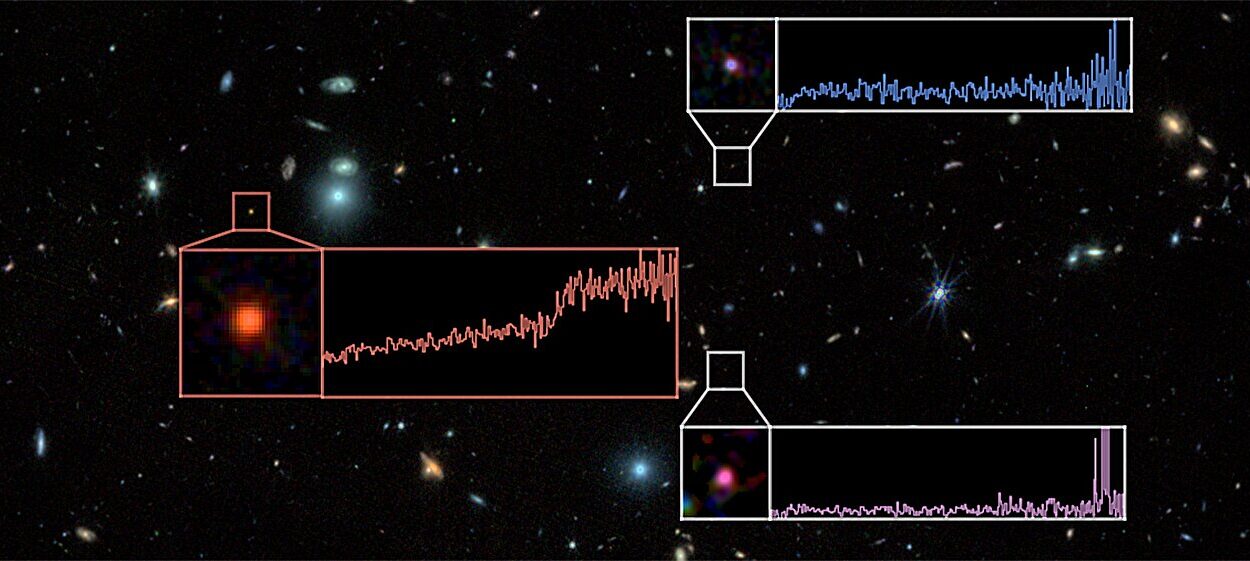Space has long been a source of intrigue and wonder, inspiring generations of scientists, dreamers, and filmmakers. From epic space operas to mind-bending explorations of the unknown, cinema has painted a vast and often fantastical picture of the universe. However, in their pursuit of exciting stories, filmmakers have often taken liberties with the laws of physics, leading to a series of space myths that are far from accurate. While these cinematic depictions of space have entertained us for decades, many of them do not stand up to scientific scrutiny. In this article, we’ll explore 10 common myths about space that movies got wrong, separating the facts from the fiction and diving into the fascinating science behind them.
1. The Sound of Explosions in Space
One of the most persistent myths in science fiction is the idea that you can hear explosions and other sounds in space. Movies like Star Wars, Armageddon, and Star Trek often feature dramatic, deafening explosions in space. However, this depiction is scientifically inaccurate.
Space is a vacuum, which means it lacks a medium like air or water to carry sound waves. Sound requires molecules to vibrate and transmit energy, and in the vacuum of space, there are no molecules to facilitate this process. Therefore, in real space, no sound would be heard during explosions or any other event that would typically produce sound on Earth.
While it’s true that movies need sound for dramatic effect, it’s important to note that sound simply doesn’t exist in space. That said, scientists have found other ways to “listen” to space, such as through electromagnetic waves, but those sounds can only be converted into audible signals with specialized instruments, not through the traditional sound waves we’re used to on Earth.
2. Stars Explode Like Fireworks
Many films, such as Star Wars and Star Trek, depict stars exploding in vibrant, colorful explosions that resemble fireworks. While stars can indeed explode, this depiction is far from accurate. The reality of stellar explosions is much more complex and fascinating.
When stars die, they do not explode in the flashy, instant way Hollywood movies would have you believe. In reality, stars undergo a long process of evolution, with their final fate depending largely on their mass. A star like our Sun will eventually swell into a red giant and shed its outer layers, forming a planetary nebula, while the core will collapse into a white dwarf. This process can take millions of years, and although it can be dramatic, it’s not the instant, dramatic explosion portrayed in movies.
On the other hand, more massive stars can end their lives in supernovae—massive explosions that occur when the star runs out of fuel and its core collapses under the force of gravity. These supernovae are incredibly powerful but occur over a span of weeks, not in the blink of an eye. Additionally, supernovae are not as colorful and fireworks-like as they appear in movies; they are often much more violent, releasing tremendous amounts of energy and radiation that can be detected light-years away.
3. The Sun Is Yellow
This is a visual trope that is often seen in both movies and cartoons, where the Sun is depicted as a bright yellow sphere. In reality, the Sun isn’t yellow—it appears white when viewed from space. The color we perceive on Earth is the result of atmospheric scattering, which causes shorter wavelengths of light, like blue and violet, to scatter more than longer wavelengths like red and yellow.
When sunlight passes through Earth’s atmosphere, it becomes diffused, and the blue and violet light is scattered in all directions. This scattered light is what gives the sky its blue appearance and causes the Sun to appear yellow, orange, or red, depending on the time of day. In space, however, without Earth’s atmosphere to scatter the light, the Sun would look white. So, despite its depiction in most movies, the Sun’s true color is a brilliant white.
4. Space Travel Is Instantaneous
Movies love the idea of space travel being fast and efficient, often depicting spacecraft traveling across vast distances in mere seconds. A great example of this is the faster-than-light (FTL) travel seen in movies like Star Wars (with its “hyperspace” travel) and Star Trek (with “warp speed”). These fictional technologies allow ships to zip from one star system to another in the blink of an eye.
In reality, traveling across space is far more time-consuming and challenging. The closest star to Earth, Proxima Centauri, is over 4 light-years away. At the speed of light, it would take four years to get there. Currently, the fastest spacecraft ever built, NASA’s Parker Solar Probe, travels at speeds of up to 430,000 miles per hour, but even at this breakneck pace, it would take tens of thousands of years to reach even the nearest stars.
While the idea of instantaneous space travel makes for thrilling stories, it is highly unlikely that any technology we currently understand could allow us to travel at such speeds. For now, the vast distances of space remain a major challenge for space travel, and FTL travel remains firmly in the realm of science fiction.
5. Gravity Works the Same Everywhere
In movies like Gravity and Interstellar, gravity is often portrayed as a constant force that behaves in the same way no matter where you are in space. However, the truth is that gravity varies depending on your location in the universe. The strength of gravity depends on the mass of the object creating the gravitational pull and the distance from that object.
In space, gravity is not uniform. While the gravitational pull of Earth is constant at the surface, as you travel farther from the planet, gravity weakens. This is why astronauts in orbit experience microgravity, or “weightlessness.” In fact, they are not in zero gravity, but are in a state of continuous free fall around the Earth, creating the sensation of floating.
Similarly, gravity on other celestial bodies can vary. On the Moon, gravity is only about one-sixth of Earth’s, while on Jupiter, the gravity is more than twice as strong. Understanding these differences is crucial for scientists and astronauts, as gravity affects everything from how spacecraft maneuver to how objects behave in space.
6. The Earth Is Always in the Same Position in Space
Movies often portray the Earth as remaining in a fixed position, with familiar landmarks always facing the camera, but this is far from reality. In truth, the Earth is constantly rotating on its axis and orbiting around the Sun. This continuous motion means that the position of any given point on Earth is always changing relative to the rest of the universe.
In addition to rotating around its axis once every 24 hours, the Earth also orbits the Sun at an average speed of about 67,000 miles per hour, completing one full orbit every 365.25 days. Furthermore, the Earth is part of the Solar System, which is orbiting around the center of the Milky Way galaxy at a speed of about 514,000 miles per hour. Over the course of a year, Earth’s position in the universe changes dramatically, making the idea of a fixed Earth seem more like a fiction.
7. Space is Completely Dark
In many movies, space is depicted as a dark, empty void, with little to no light except for the occasional distant star or passing spaceship. However, this is a gross oversimplification. While it is true that space is a vacuum and there is no atmosphere to scatter light, it is far from completely dark. Space is filled with cosmic radiation, light from distant stars and galaxies, and even background radiation from the Big Bang.
One of the most striking features of space is the glow of distant stars, nebulae, and galaxies. While space may appear dark to the naked eye, when observed with telescopes and specialized instruments, the universe is alive with light across the electromagnetic spectrum, from visible light to infrared, ultraviolet, and even X-rays. In fact, many deep-space missions rely on these different wavelengths to capture images and data about distant objects.
Moreover, spacecraft are often illuminated by the Sun, providing plenty of light for astronauts working outside the Earth’s atmosphere. The iconic image of astronauts floating in the blackness of space is misleading, as they are often in the sunlight or in the shadow of a planet or spaceship.
8. Space is Completely Empty
Movies often depict space as an empty, featureless expanse, with spaceships gliding through vast voids of nothingness. While it’s true that space is incredibly vast, it is far from empty. There are a multitude of particles, cosmic dust, and radiation in space, although they are sparsely distributed.
In fact, even in the most “empty” regions of space, there are still small amounts of gas and dust scattered throughout. The interstellar medium, a mixture of gas and dust between stars, is one of the most abundant forms of matter in the universe. While this matter is incredibly diffuse, with an average density of about one atom per cubic centimeter, it is still present.
Moreover, space is filled with cosmic radiation—high-energy particles that travel through space at nearly the speed of light. This radiation, including the cosmic microwave background radiation left over from the Big Bang, is omnipresent and can be detected across the universe. The idea that space is a complete void is a misconception that Hollywood has perpetuated for dramatic effect.
9. Black Holes Are Cosmic Vacuum Cleaners
Black holes are some of the most fascinating and enigmatic objects in the universe, and they are frequently depicted in movies as cosmic vacuum cleaners, sucking up everything in their path. While it’s true that black holes have incredibly strong gravitational fields that can trap matter and light, the way they are often portrayed in popular media is misleading.
In reality, black holes are not “vacuum cleaners” that indiscriminately pull in everything nearby. The gravitational pull of a black hole only affects objects that venture too close to it, crossing a boundary called the event horizon. Outside of this boundary, objects can orbit black holes without being sucked in. For example, stars and planets can safely orbit black holes as long as they do not cross this critical threshold.
Black holes are also not destructive forces that simply “devour” everything around them. Instead, they are the remnants of massive stars that have collapsed in on themselves, creating regions of space where gravity is so intense that not even light can escape. Their true nature is far more complex and awe-inspiring than the simplistic depictions we often see in movies.
10. Time Stands Still Near a Black Hole
Movies like Interstellar have popularized the idea of time dilation near black holes, where time appears to slow down dramatically for those close to the event horizon. While the theory of time dilation near black holes is scientifically accurate, the dramatic way it is often portrayed in films is misleading.
According to Einstein’s theory of general relativity, time moves more slowly in stronger gravitational fields. Near a black hole, where the gravitational field is extreme, time does indeed slow down relative to observers far away from the black hole. However, this effect is not as extreme or dramatic as movies make it out to be, and it would not cause the kind of time-bending experiences shown in Interstellar. In reality, the effects of time dilation near black holes are subtle and only become noticeable over long periods of time.
Additionally, surviving near a black hole is nearly impossible due to the immense tidal forces that would tear apart any spacecraft or astronaut before they could experience significant time dilation effects.
Conclusion
Space is one of the most awe-inspiring and mysterious realms of the universe, and it has captured the imaginations of countless filmmakers, scientists, and dreamers. However, when it comes to portraying the wonders of space, Hollywood often takes liberties with the laws of physics and reality. From sound in space to the nature of black holes, these 10 myths about space show just how far movies can stray from the scientific truth. While these cinematic portrayals make for thrilling entertainment, they often miss the mark when it comes to the fascinating, complex, and scientifically accurate nature of space.
